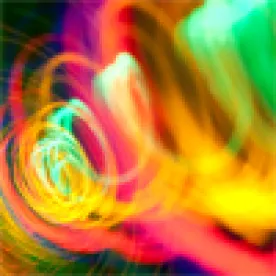Takeaway: Inherent anticipation requires evidence that the inherent feature is necessarily present.
In its Final Written Decision, the Board determined that Petitioner showed by a preponderance of the evidence that claims 1-14 and 26 of the ’533 patent are unpatentable, but failed to show by a preponderance of the evidence that claims 15, 21, and 22 are unpatentable. The ’533 patent relates to methods of treating diseases and injuries to the central nervous system, especially the eyes, comprising administering a therapeutically-effective amount of astaxanthin.
The Board began with claim construction, in which claims terms in an unexpired patent are interpreted according to their broadest reasonable construction in light of the specification of the patent. It first construed the term “retinal damage or retinal disease” to refer to two alternative classes of conditions (damage or disease). Patent Owner argues that the terms refer to an identical class of medical conditions, because the specification discloses methods of treating damage caused by injury or disease. However, the Board noted that the specification did not contain any indication that the patentee intended to act as his own lexicographer by clearly defining “disease” and “damage” in the same manner. Therefore, the Board construed the terms broadly to include two alternative classes of conditions.
The Board then turned to the first ground of unpatentability of anticipation of claims 1, 3, 8-15, 21, 22, and 26 by Grangaud, which discloses the administration of dietary astaxanthin to cure xerophthalmia in vitamin A-deficient rats. Specifically, Petitioner argues that although Grangaud only explicitly discloses administration of astaxanthin to cure ocular lesions, it inherently is administered to vitamin A-deficient rats, because animals that develop xerophthalmia due to vitamin A-deficiency inherently suffer retinal damage. The inherency was supported by an expert declaration. Patent Owner argued that astaxanthin did not have any Vitamin A activity. The Board was not persuaded by Patent Owner, because it did not controvert Petitioner’s evidence that, during Vitamin A deficiency, astaxanthin is converted to Vitamin A by the rat. With regard to claims 8-9 and 11-12, the Board determined that Petitioner had not proved that the features recited were inherent in Grangaud, but because those claims were merely further limiting an alternative of claim 1 and not limiting claim 1 to those alternatives, the claims were still anticipated. With regard to claims 13, 14, and 26, the Board determined that Petitioner’s evidence was persuasive that the features claimed are inherently present in Grangaud. With regard to claims 15, 21, and 22, the Board was not persuaded by Petitioner’s evidence of inherency for the same reason as for claim 8, and also determined that in claims 15, 21, and 22 it was not a mere alternative as in claim 8.
The Board then analyzed the obviousness ground of unpatentability. The Board stated that claims 1-14 and 26 are obvious at least, because they were anticipated. Then, the Board assessed the three claims that were not found to be anticipated, and determined that the secondary reference did not cure the deficiency of Grangaud.
Cyanotech Corp. v. The Board of Trustees of the University of Illinois, IPR2013-00401
Paper 65: Final Written Decision
Dated: December 12, 2014
Patent 5,527,533
Before: Scott E. Kamholz, Sheridan K. Snedden, and Georgianna W. Braden
Written by: Snedden



 />i
/>i
